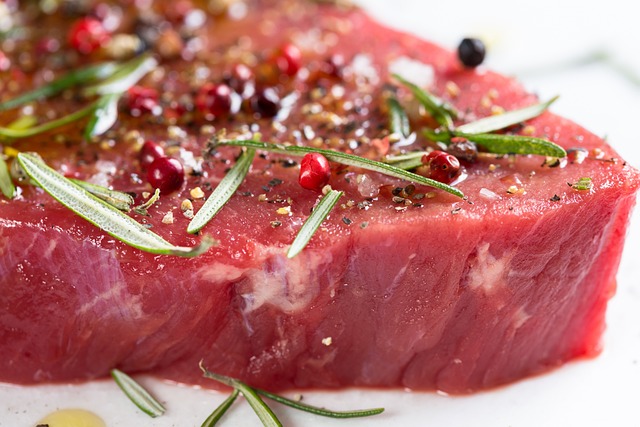A comprehensive study by researchers at Harvard T.H. Chan School of Public Health has uncovered a significant connection between heme iron consumption and an increased risk of type 2 diabetes (T2D). The findings shed new light on the metabolic pathways involved and raise important questions about dietary choices and public health strategies.
Unraveling the Iron-Diabetes Connection
The study, published in Nature Metabolism, analyzed dietary reports from over 200,000 adults spanning 36 years. Researchers found that participants with the highest heme iron intake had a 26% higher risk of developing T2D compared to those with the lowest intake. Notably, non-heme iron, found primarily in plant-based foods, showed no significant association with T2D risk.
Lead author Fenglei Wang explained the study’s unique approach: “Compared to prior studies that relied solely on epidemiological data, we integrated multiple layers of information, including epidemiological data, conventional metabolic biomarkers, and cutting-edge metabolomics. This allowed us to achieve a more comprehensive understanding of the association between iron intake and T2D risk, as well as potential metabolic pathways underlying this association.”
The research team examined various forms of iron intake, including total, heme, non-heme, dietary, and supplemental iron. They also analyzed plasma metabolic biomarkers and metabolomic profiles from subsets of participants to understand the biological mechanisms at play.
Implications for Diet and Public Health
The study’s findings have significant implications for dietary guidelines and public health strategies aimed at reducing diabetes rates. Frank Hu, corresponding author and Fredrick J. Stare Professor of Nutrition and Epidemiology, emphasized the importance of these results: “This study underscores the importance of healthy dietary choices in diabetes prevention. Reducing heme iron intake, particularly from red meat, and adopting a more plant-based diet can be effective strategies in lowering diabetes risk.”
The research also identified several blood metabolites that may play a role in the link between heme iron intake and T2D risk. These include L-valine, L-lysine, uric acid, and various lipid metabolites, all of which have been previously associated with T2D risk.
Interestingly, the study found that heme iron accounted for more than half of the T2D risk associated with unprocessed red meat consumption. This finding adds to the growing body of evidence suggesting that reducing red meat intake could have significant health benefits.
The researchers also raised concerns about the addition of heme to increasingly popular plant-based meat alternatives, which are designed to mimic the taste and appearance of meat. While these products are gaining popularity, their potential health effects warrant further investigation.
Why it matters: This research provides valuable insights into the relationship between diet and type 2 diabetes risk. By identifying heme iron as a significant risk factor, the study offers a clear target for dietary interventions that could help reduce the global burden of diabetes. Moreover, it highlights the importance of considering the nuanced effects of different forms of nutrients in our diet, rather than focusing solely on macronutrient categories.
As the prevalence of type 2 diabetes continues to rise globally, understanding the role of specific dietary components becomes increasingly crucial. This study’s findings could inform more targeted public health campaigns and dietary recommendations, potentially leading to more effective strategies for diabetes prevention.
Future research directions may include investigating the effects of heme iron in more diverse populations, as the current study was based primarily on white participants. Additionally, further exploration of the metabolic pathways identified in this study could lead to new therapeutic targets for diabetes prevention and treatment.
If our reporting has informed or inspired you, please consider making a donation. Every contribution, no matter the size, empowers us to continue delivering accurate, engaging, and trustworthy science and medical news. Independent journalism requires time, effort, and resources—your support ensures we can keep uncovering the stories that matter most to you.
Join us in making knowledge accessible and impactful. Thank you for standing with us!

